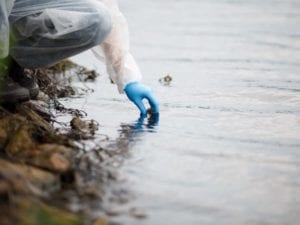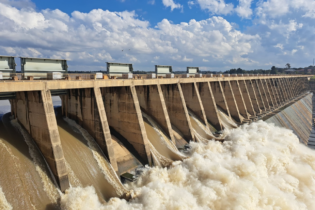OUTA’s latest independent water quality test results show that the quality of drinking water in Hammanskraal has improved, with a clear indication of improved water treatment in most wards.
However the organisation is concerned about the high dosage of monochloramine in one of the samples taken in Ward 74 but believe that this might have been a high dosage to flush the system in order to kill bacteria. “In the light of the Covid-19 pandemic, people need access to clean drinking water and it is clear that the City is trying to disinfect the water to kill bacteria,” says Julius Kleynhans, Operations Executive atOUTA. “We are confident that our efforts to get the City to take this problem seriously have been fruitful and that the government is playing its part for the moment. We recently engaged with the SAHRC who also indicated that they are monitoring the water quality situation in Hammanskraal.”The latest samples were taken on 10 March 2020. Ward 74 had a slightly higher than the recommended 3mg/l concentration of monochloramine at 4.48 mg/l.
OUTA was concerned about Ward 8 as it had a high total viable count of 36 000 colony forming units per millilitre (cfu/ml) which should be less than 1000 cfu/ml. “This is an indicator of bacteria or mold in the water.Though there was no E. coli detected in any of the samples, high concentrations may result in other pathogenic micro-organisms not included in the analysis we conducted. People are urged to boil their drinking water until the City can confirm that their water is safe as one cannot take any chances at this time. An increase in chlorine dosing concentration at the final treatment step should assist in reducing the bacterial content. The monochloramine was a very low 0.12mg/l in the sample and should be pushed up to the recommended 3mg/l,” adds Kleynhans. OUTA calls on the City of Tshwane to continue monitoring the water quality to ensure the health and safety of its residents and to give sufficient feedback to the community on the results.







